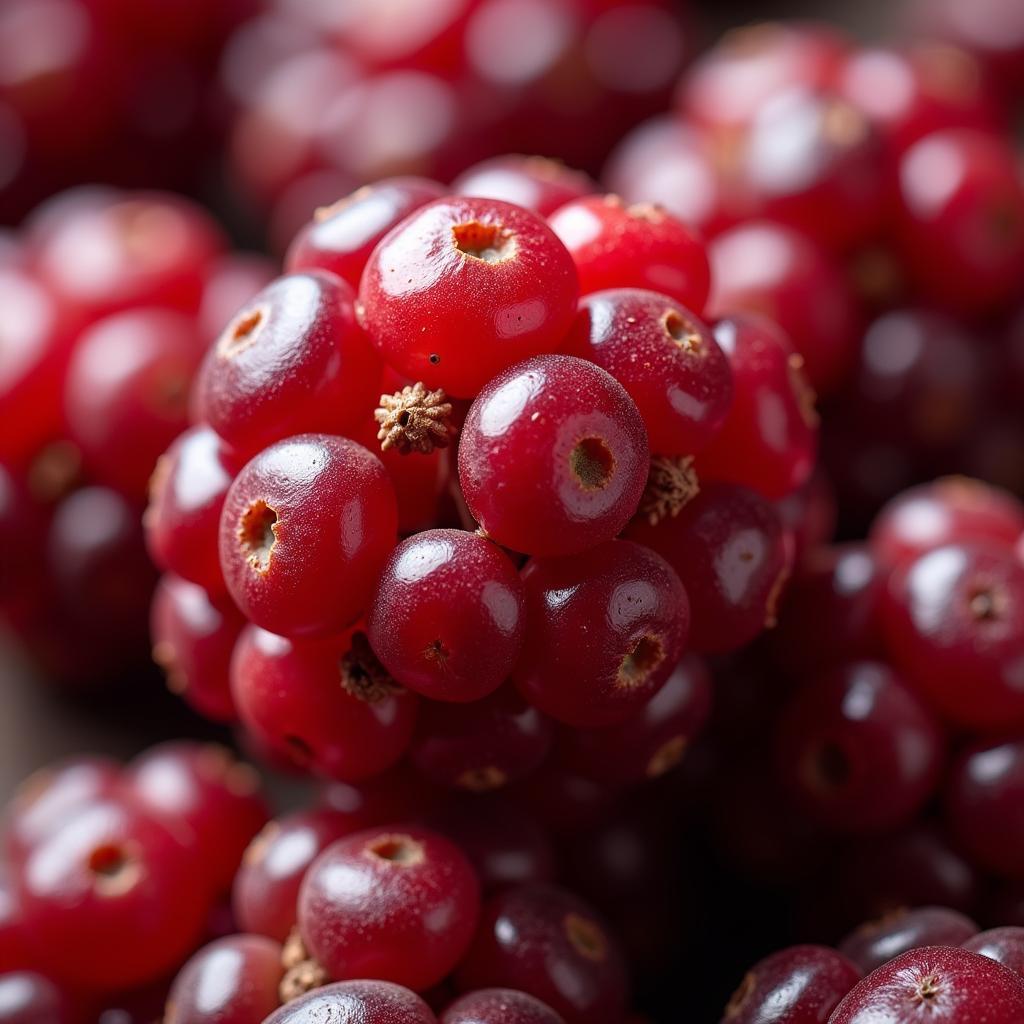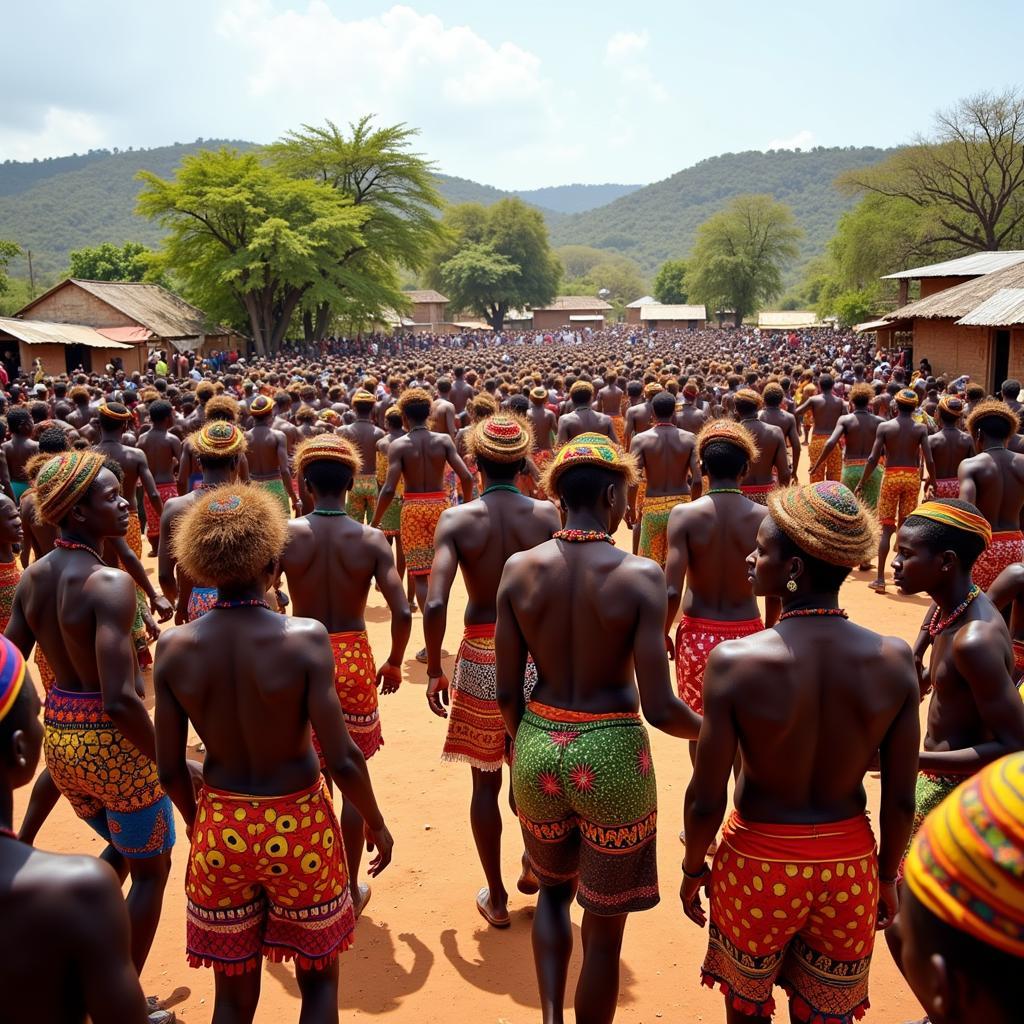The African Eurasian Flyway: A Bird’s Eye View of an Epic Journey
The African Eurasian Flyway (AEWA) is one of the world’s greatest bird migration systems, a spectacle of nature that sees millions of birds undertake incredible journeys between their breeding grounds in Eurasia and their wintering areas in Africa. This vital corridor spans over 10,000 kilometers, encompassing diverse habitats from the icy Arctic tundra to the sun-drenched savannas of Africa.
Following the Feathered Trail: Understanding the African Eurasian Flyway
Imagine a network of aerial highways, buzzing with the wings of over 2 billion birds from over 300 species. That’s the African Eurasian Flyway in action, a testament to the power of nature and the enduring instinct of migration.
These feathered travelers, ranging from tiny warblers to majestic cranes, rely on this flyway for survival, their journeys timed to coincide with the changing seasons and the availability of food and breeding grounds. Their flights are not for the faint of heart; they brave treacherous weather, navigate vast distances, and overcome geographical obstacles, all in pursuit of life’s most basic needs.
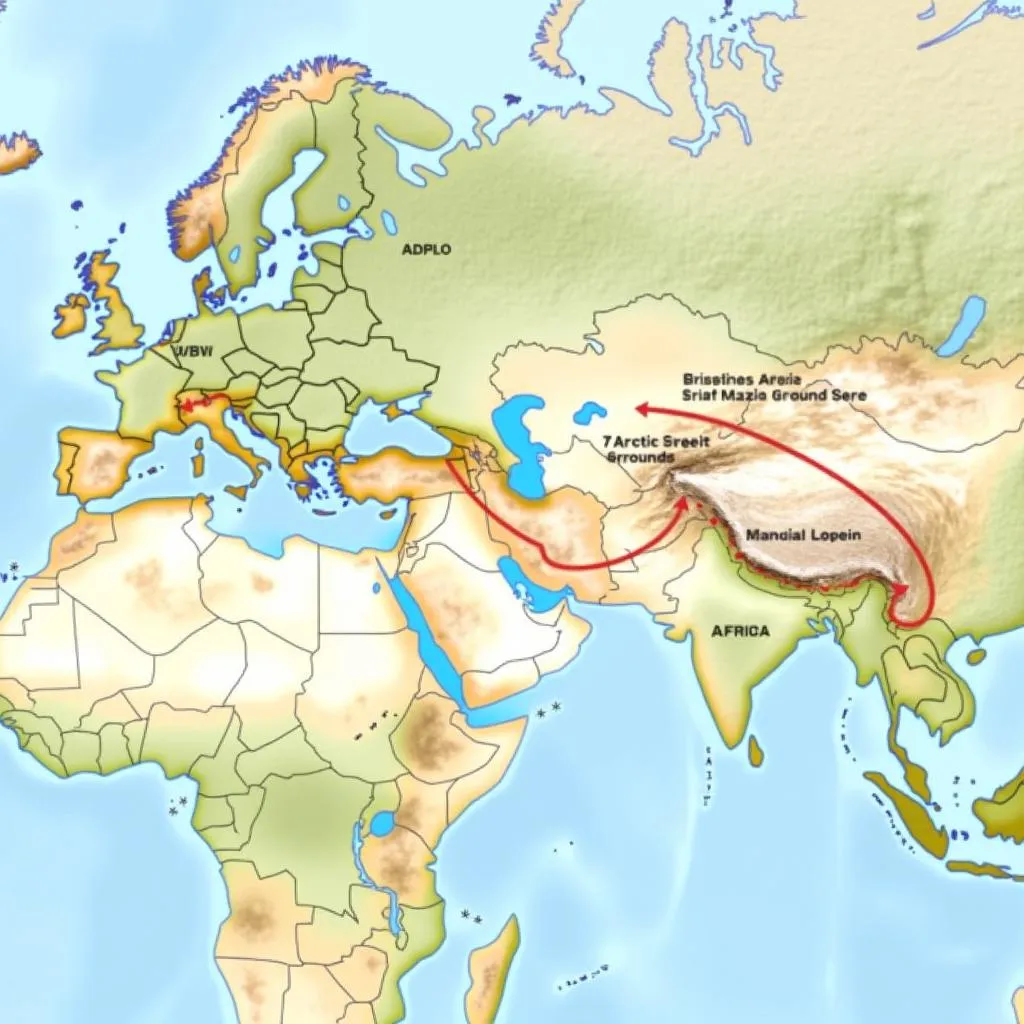 Map of the African Eurasian Flyway
Map of the African Eurasian Flyway
Threats Along the Flyway: A Race Against Time
The African Eurasian Flyway, for all its grandeur, faces an increasing number of threats, many of them human-induced. Habitat loss due to deforestation, agriculture, and urbanization is a pressing concern. The draining of wetlands, crucial stopover points for migratory birds, further exacerbates the problem.
Illegal hunting and trapping, driven by factors like poverty and lack of alternative livelihoods, also pose a significant threat. Climate change adds another layer of complexity, altering weather patterns and impacting the availability of resources, ultimately disrupting the delicate balance of the flyway.
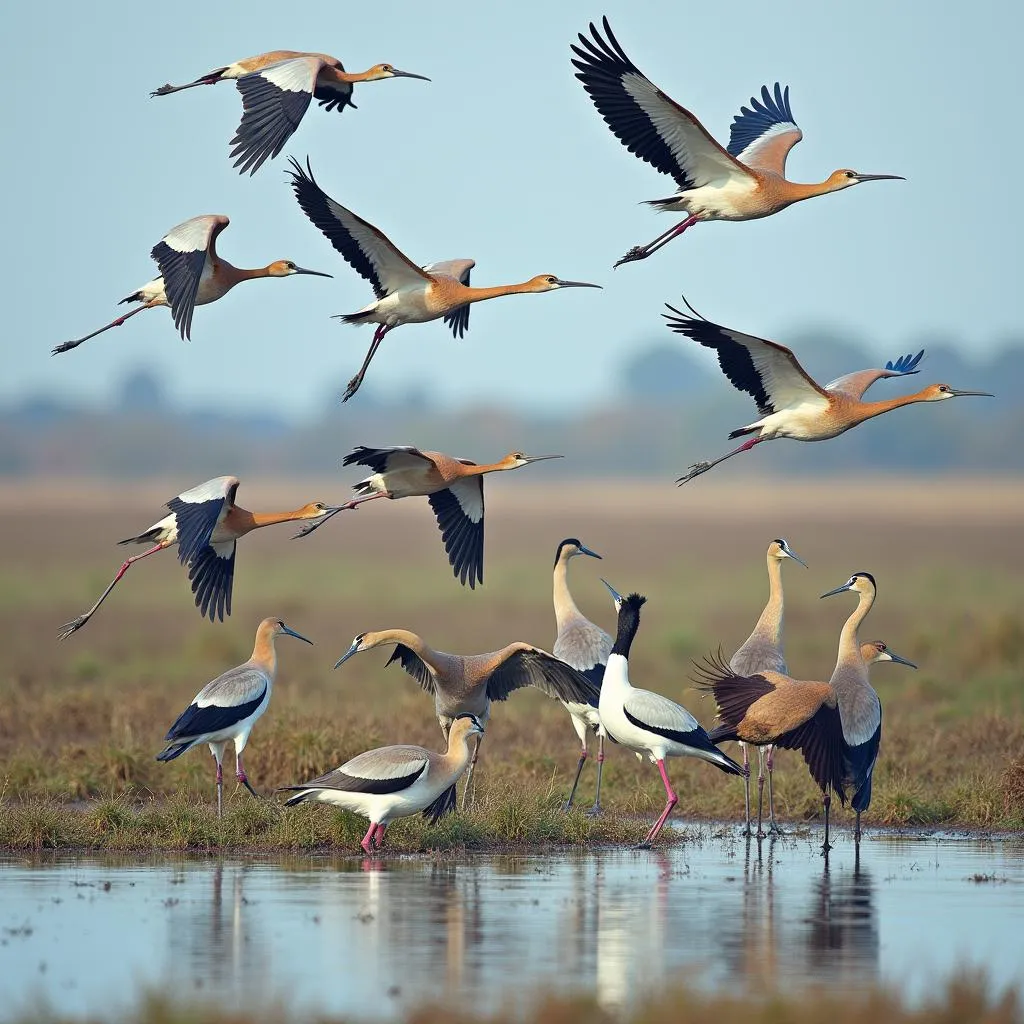 Migratory birds congregating at a wetland
Migratory birds congregating at a wetland
Conservation Efforts: Protecting a Shared Heritage
Recognizing the importance of the African Eurasian Flyway, numerous organizations, governments, and communities are working tirelessly to ensure its protection. The Agreement on the Conservation of African-Eurasian Migratory Waterbirds (AEWA), a global treaty under the United Nations Environment Programme (UNEP), provides a framework for international cooperation.
Efforts are focused on habitat restoration and management, promoting sustainable land-use practices, and combating illegal killing and trade of migratory birds. Raising awareness about the importance of the flyway among local communities and empowering them to become stewards of their natural heritage is also paramount.
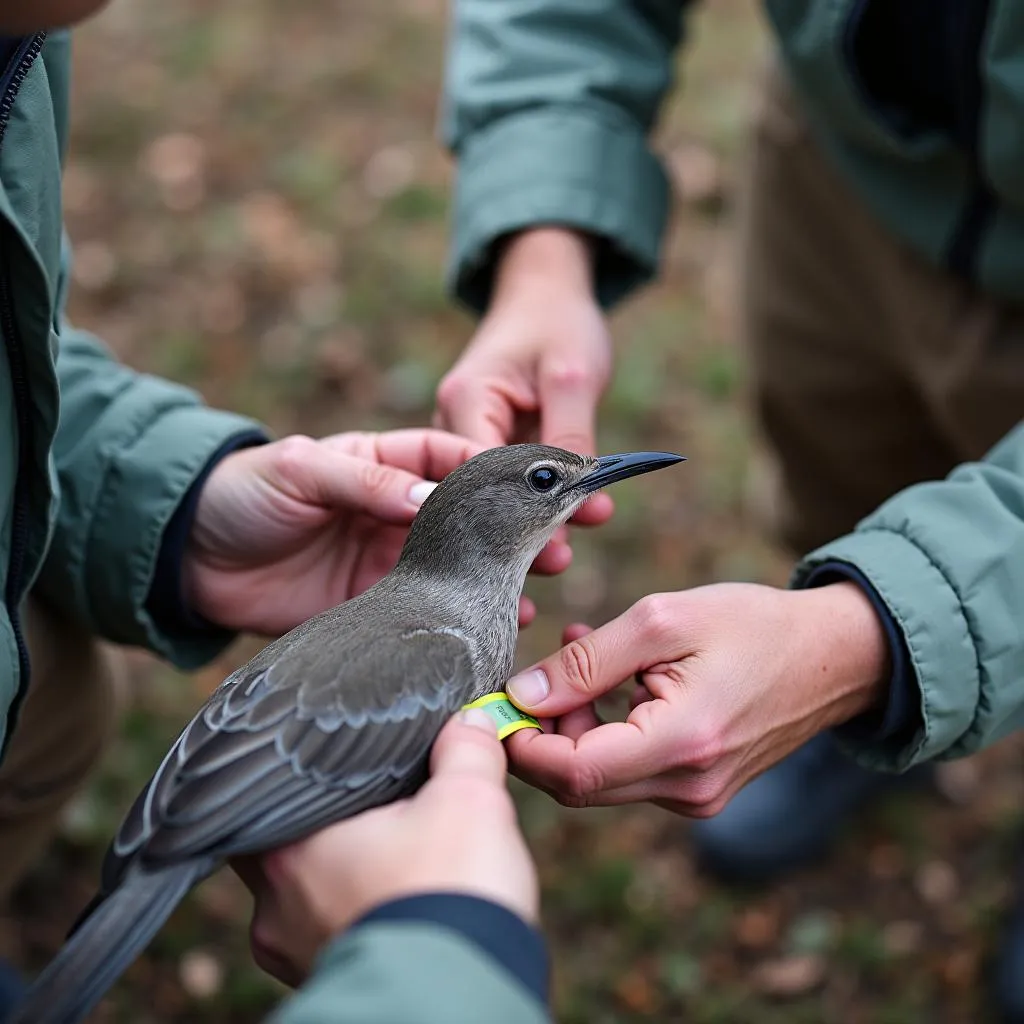 Researchers banding a migratory bird
Researchers banding a migratory bird
Our Collective Responsibility: Safeguarding a Global Treasure
The future of the African Eurasian Flyway hinges on our collective action. By supporting conservation initiatives, promoting sustainable practices, and advocating for policies that protect migratory birds and their habitats, we can contribute to safeguarding this global treasure for generations to come.
Let us remember, the spectacle of millions of birds soaring across continents is a poignant reminder of the interconnectedness of life on Earth and our shared responsibility to protect it.
FAQ
1. What is the significance of the African Eurasian Flyway?
The African Eurasian Flyway is crucial for the survival of millions of migratory birds, connecting their breeding and wintering grounds across continents. It sustains biodiversity and plays a vital role in ecosystem health.
2. What are the major threats to the flyway?
Habitat loss, illegal hunting and trapping, and climate change pose significant threats to the African Eurasian Flyway and the bird populations that depend on it.
3. How can I contribute to the conservation of the flyway?
You can support organizations working on bird conservation, make sustainable choices in your daily life, and advocate for policies that protect migratory birds and their habitats. Every little action counts!
